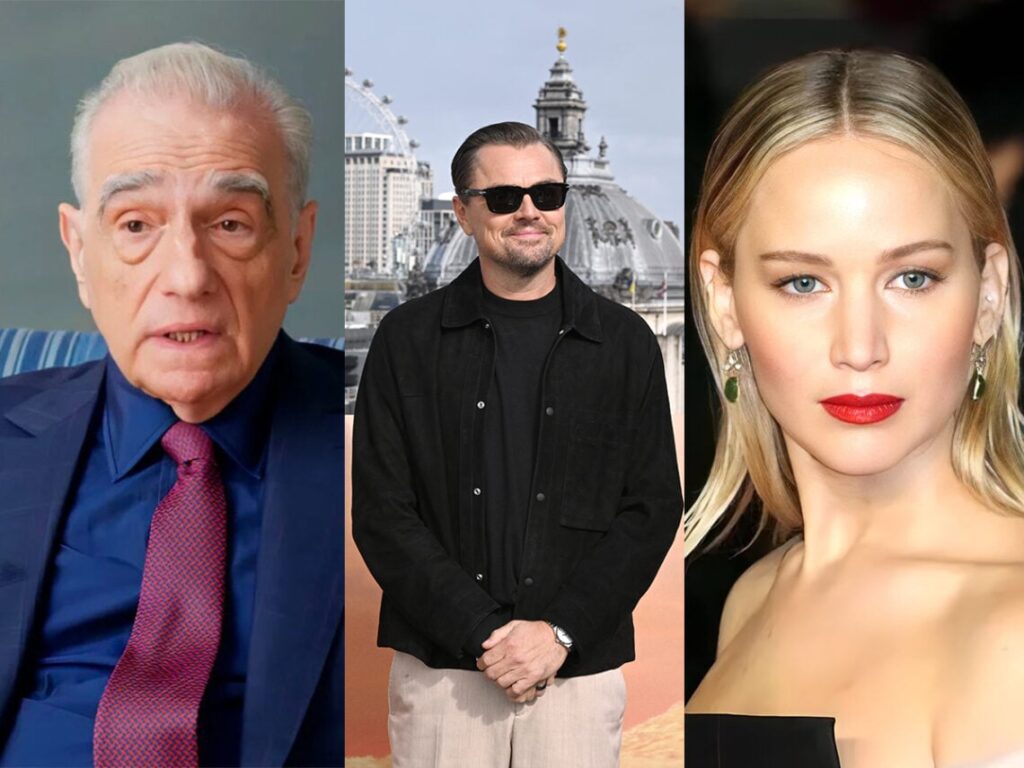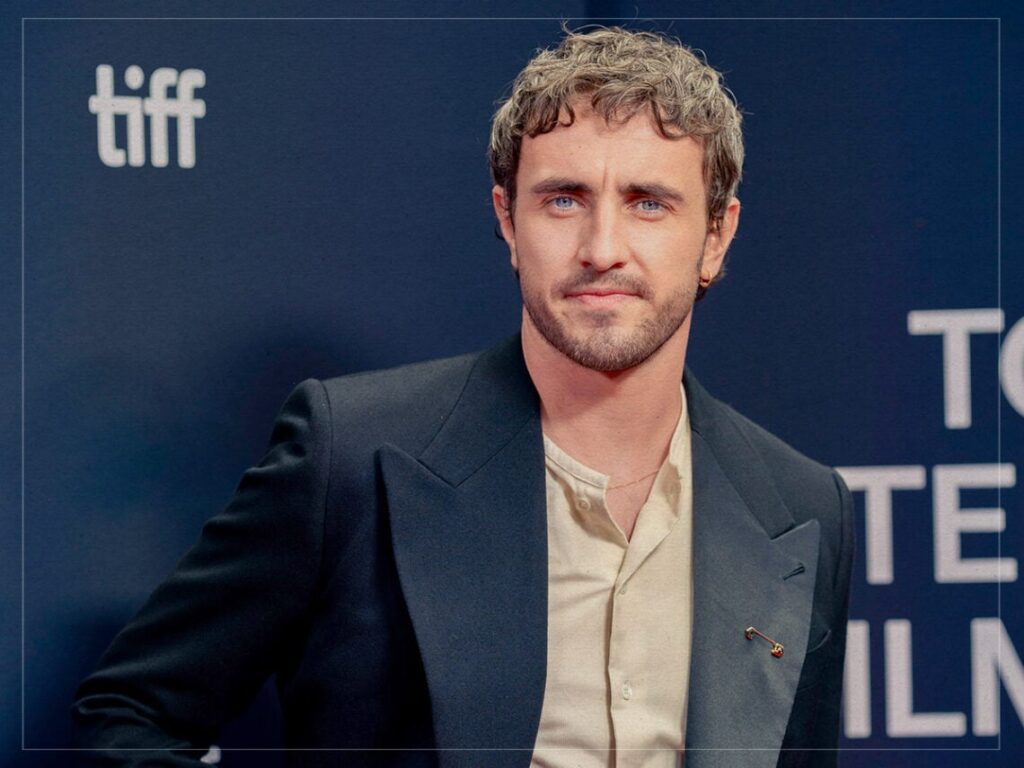The Story Behind The Shot: Orson Welles and his hall of mirrors in ‘The Lady from Shanghai’
 Posted On
Posted On
(Credits: Far Out / Columbia Pictures)
The general consensus over the past half century is that Orson Welles knew how to use a camera. More importantly, he knew how to convey a story through cinematography. Just look at those low-angle shots in Citizen Kane or that long, lonely closing shot of Joseph Cotton in The Third Man that tells you everything you need to know about where the film leaves him.
Welles struggled throughout his career to get the financing and creative freedom he needed to experiment on the manic scale he envisioned, but he still found ways to sneak his ideas into otherwise pedestrian studio fare. The Lady from Shanghai is a primary example. Its convoluted plot centres on a sailor (Welles) who gets unknowingly drawn into a complex murder plot when he meets and falls in love with a woman (Rita Hayworth) who hires him to crew the yacht that she and her husband are sailing to San Francisco.
Full of double-crossing and subterfuge, it culminates in a hall of mirrors at a carnival funhouse. With the director’s trademark flair for showing and not telling, the scene captures the fractured and illusory nature of the characters and their ever-shifting alliances.
Sadly, The Lady from Shanghai was emblematic of Welles’s frequent clashes with the studio. When Columbia executives saw the first cut of the film, they removed a whole hour of footage and forced the director to shoot more scenes. As a result, the hall of mirrors footage that stayed off the cutting room floor is a severely truncated version of what Welles had in mind, but it still remains one of the most memorable moments in film noir history.
When the scene takes place, Welles’ character, Michael, has just returned to consciousness after passing out and being dragged to a fun house in a deserted amusement park. As he searches for the exit, he recounts in voiceover (we’ll forgive Mr Welles the atrocious Irish accent) the details of the plot he has finally solved. Stepping into a dark room, he comes face-to-face with Elsa (Hayworth), who he has now realised is the most dangerous person of them all. She leads him into a hall of mirrors, only to be interrupted by her husband, Bannister (Everett Sloane). Rows of faces appear, with Elsa, Michael, and Bannister reflected into infinity.
As the camera cuts to Elsa’s face, the tidy rows of mirrors give way to a patchwork of reflections. Bannister limps into a row of reflections interspersed with one huge reflection of Elsa’s eyes. As he tells her how he untangled her plot, it becomes more challenging to decipher where the real characters are and where their reflections are. Suddenly, a single, full-length reflection of Elsa comes into view, and she’s clutching a gun. When Bannister draws his own gun, and the two begin shooting, the glass explodes around them, revealing reflections but not targets.
This shot of the exploding kaleidoscope of reflections is pure Welles. The precise set-up of the shot disorients the viewer to the point of surrealism. To achieve this effect, he needed 270 square metres of reflective surfaces and 80 mirrors that were each over two metres high. The production team used two-way mirrors to facilitate the process, one side reflective and the other transparent.
Welles had already shown an interest in how reflections could illustrate a character in Citizen Kane, particularly in a scene where the reflection of the unknowable Charles Foster Kane extends infinitely into smaller and smaller iterations. But in The Lady from Shanghai, he uses mirrors to literally shatter the audience’s relationship with reality and allow them to finally identify where the double-crossing characters truly stand. In this scene, Welles demonstrated yet again that he was the master of combining style and substance.
[embedded content]
Related Topics


